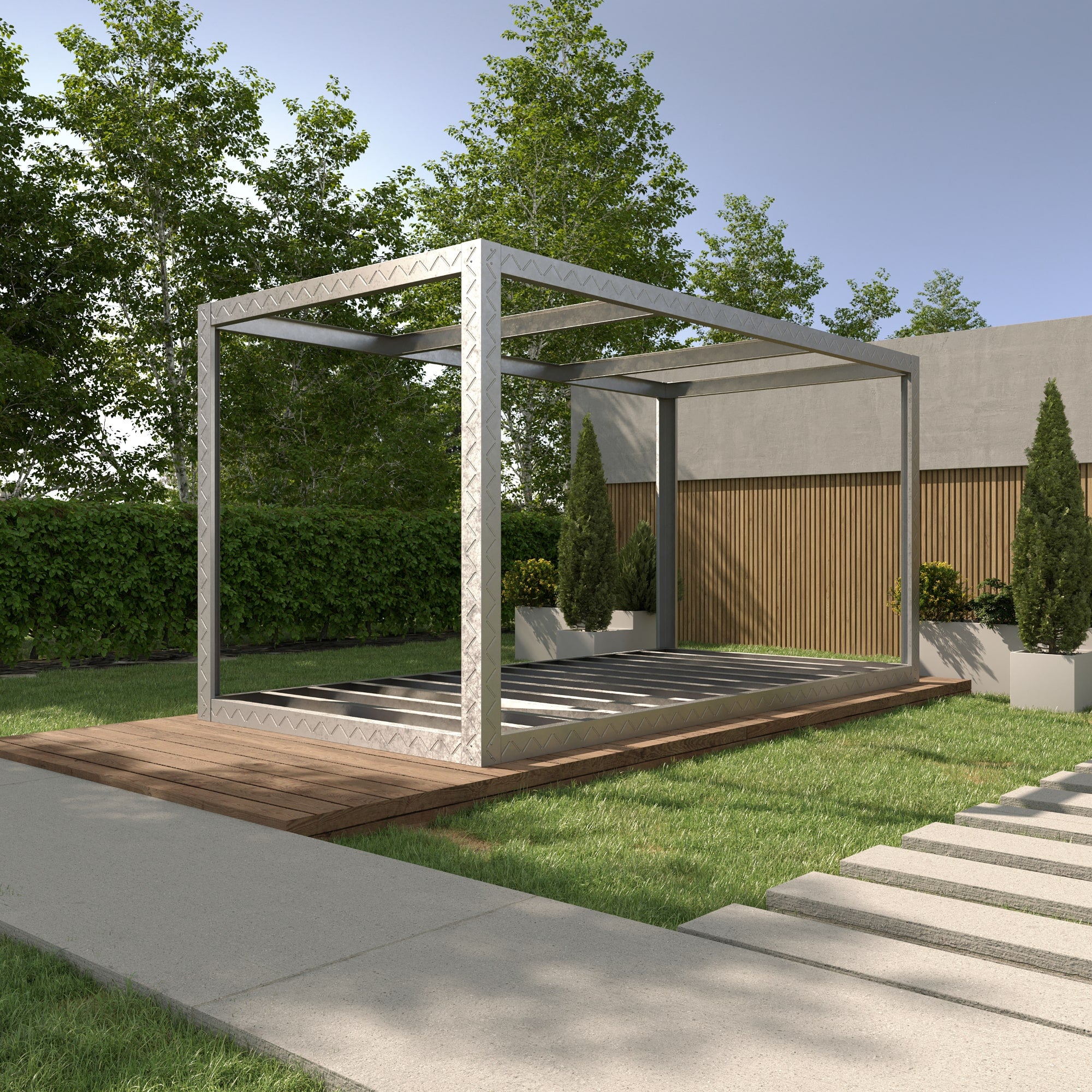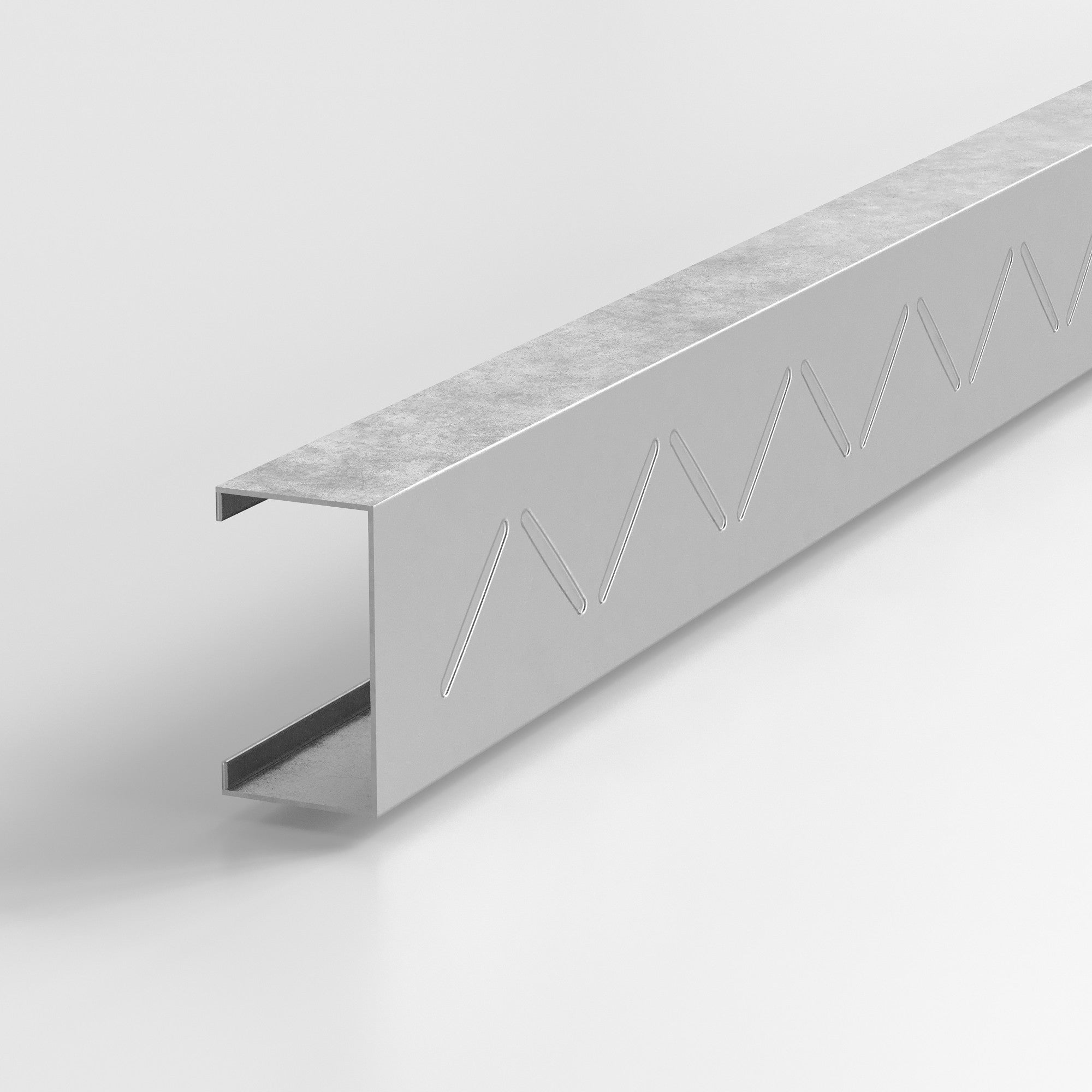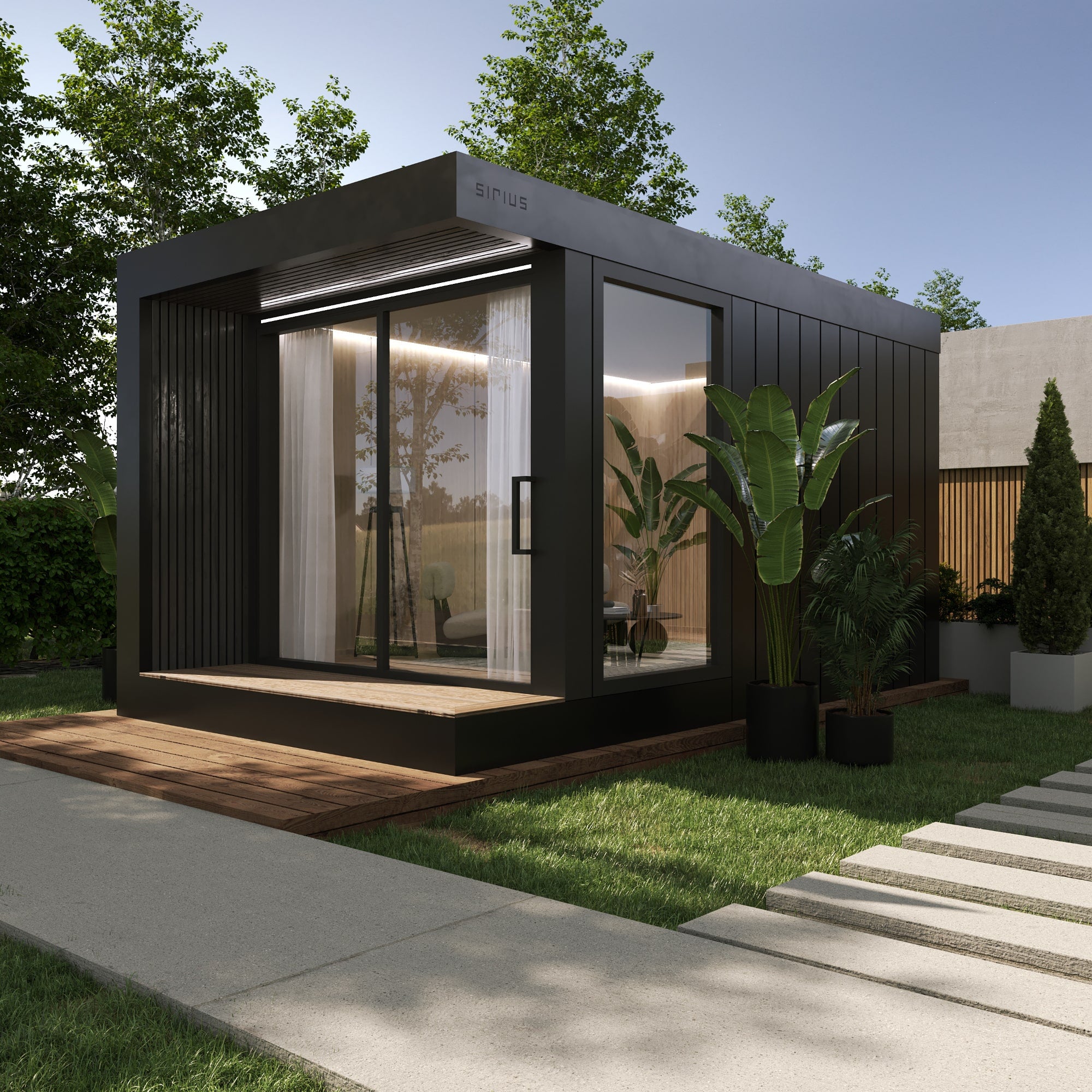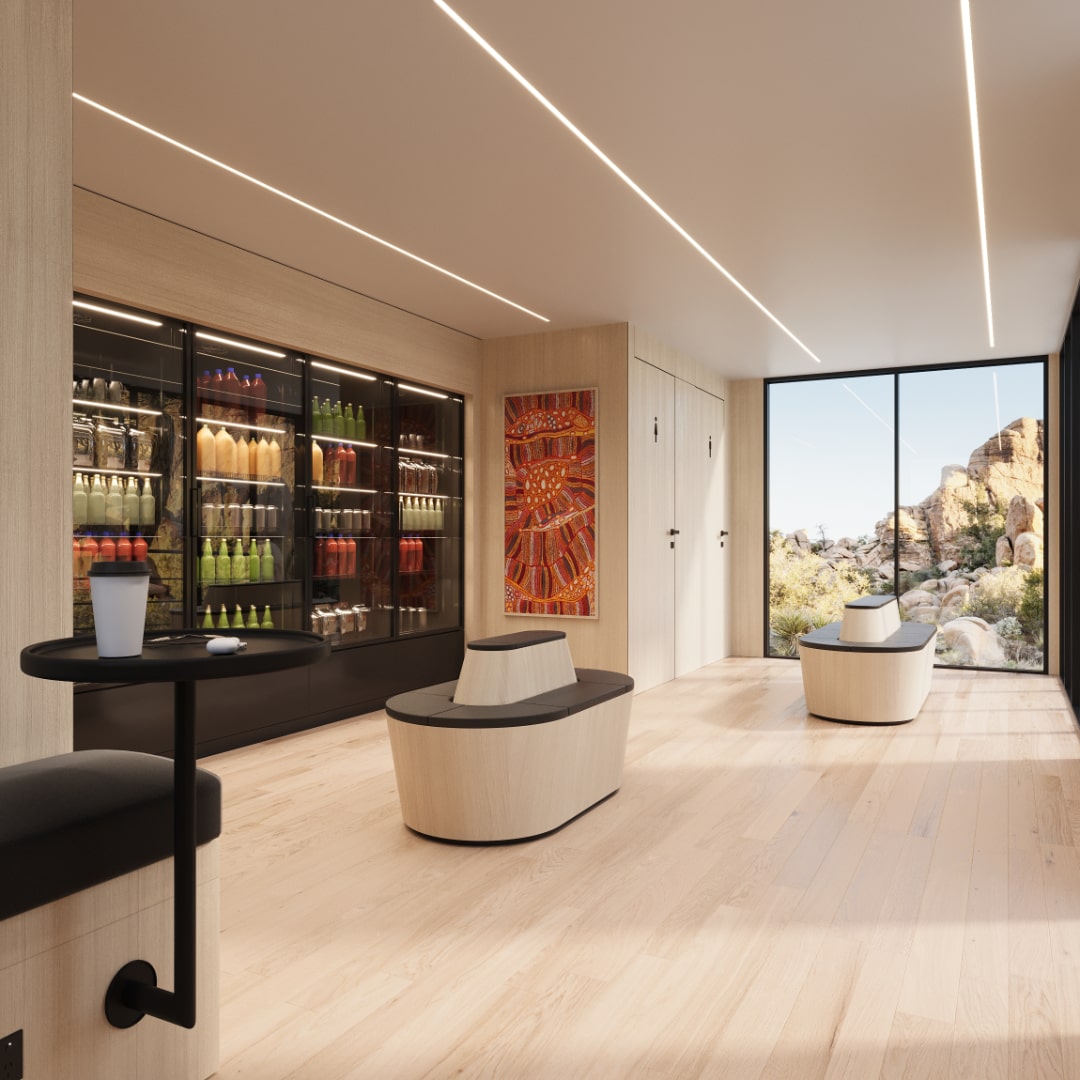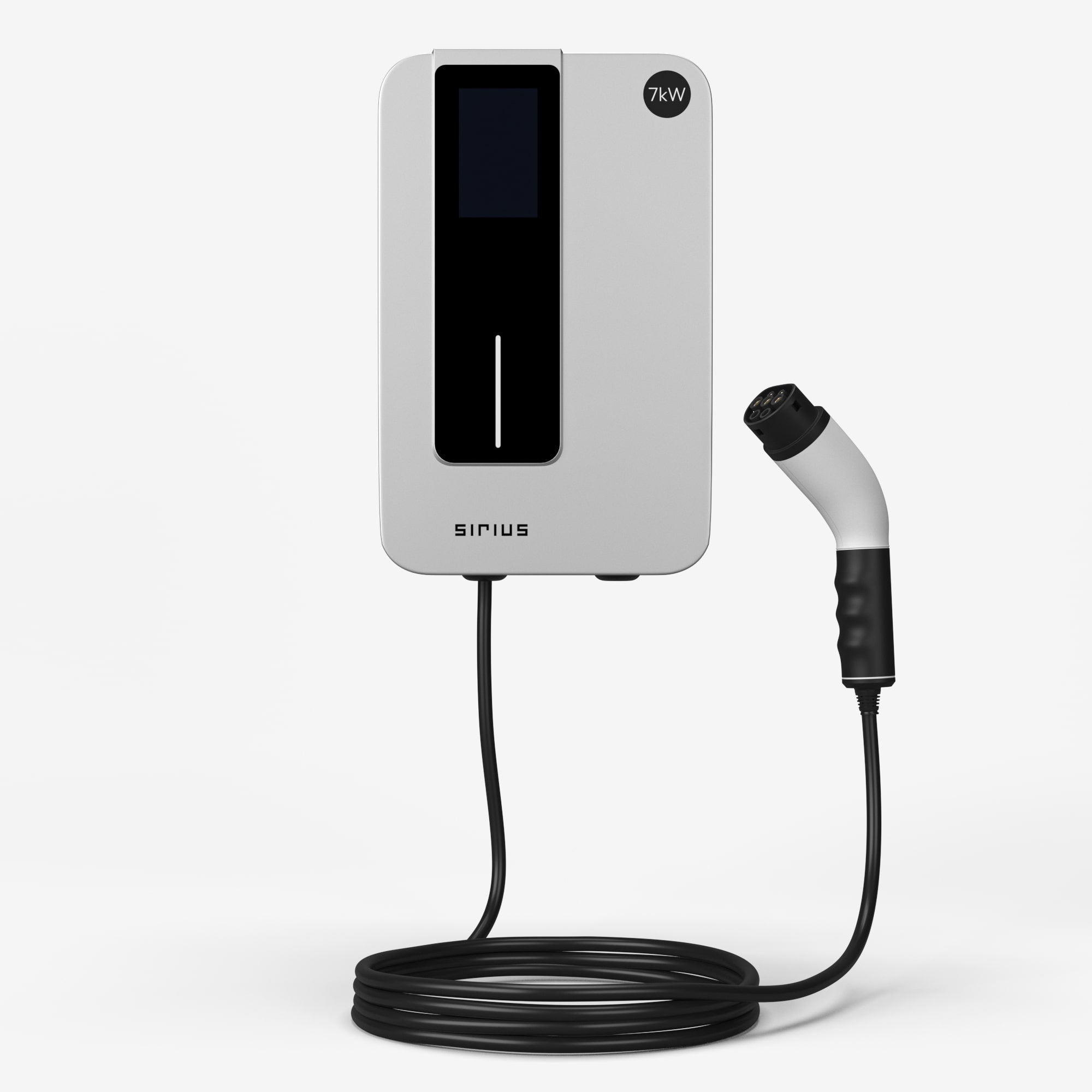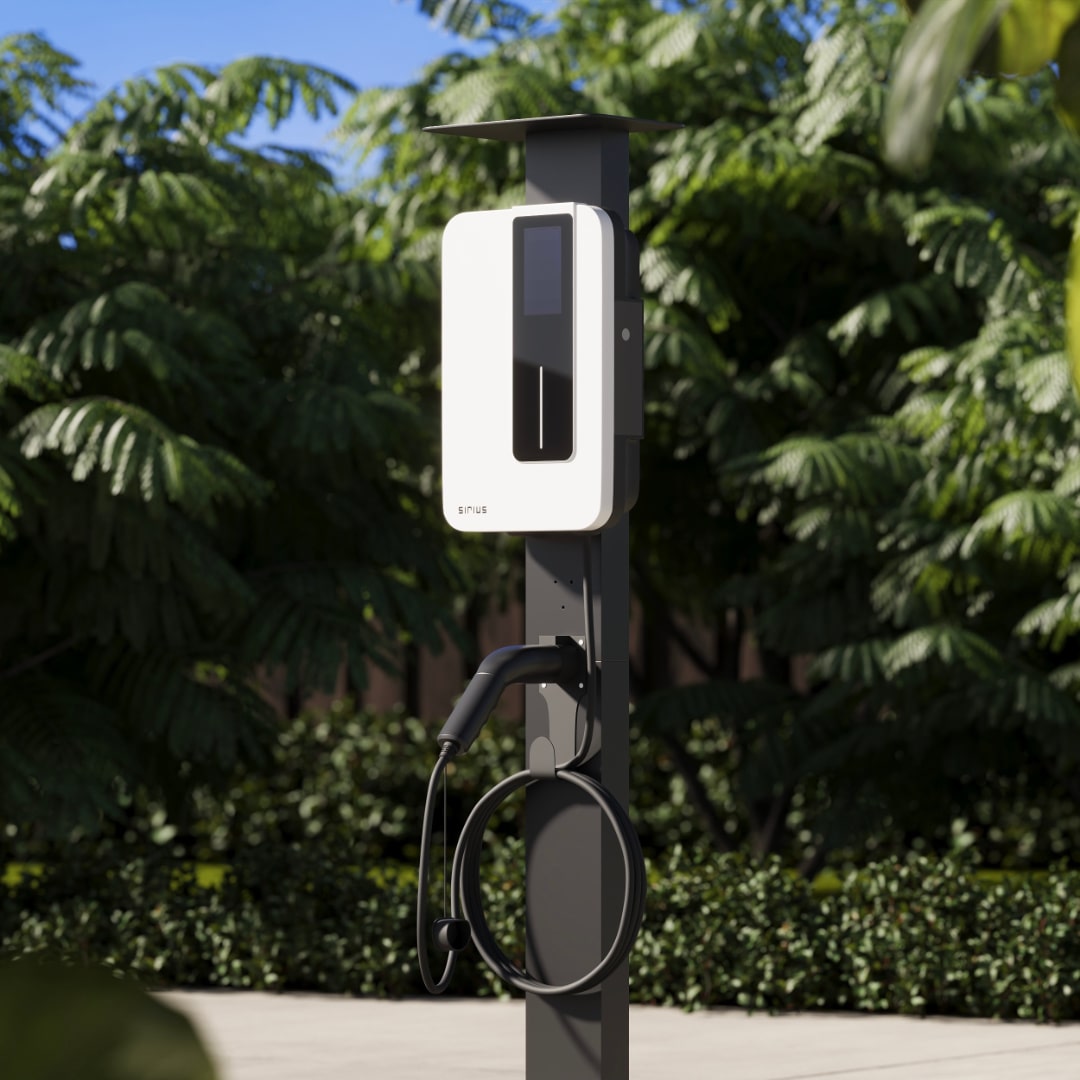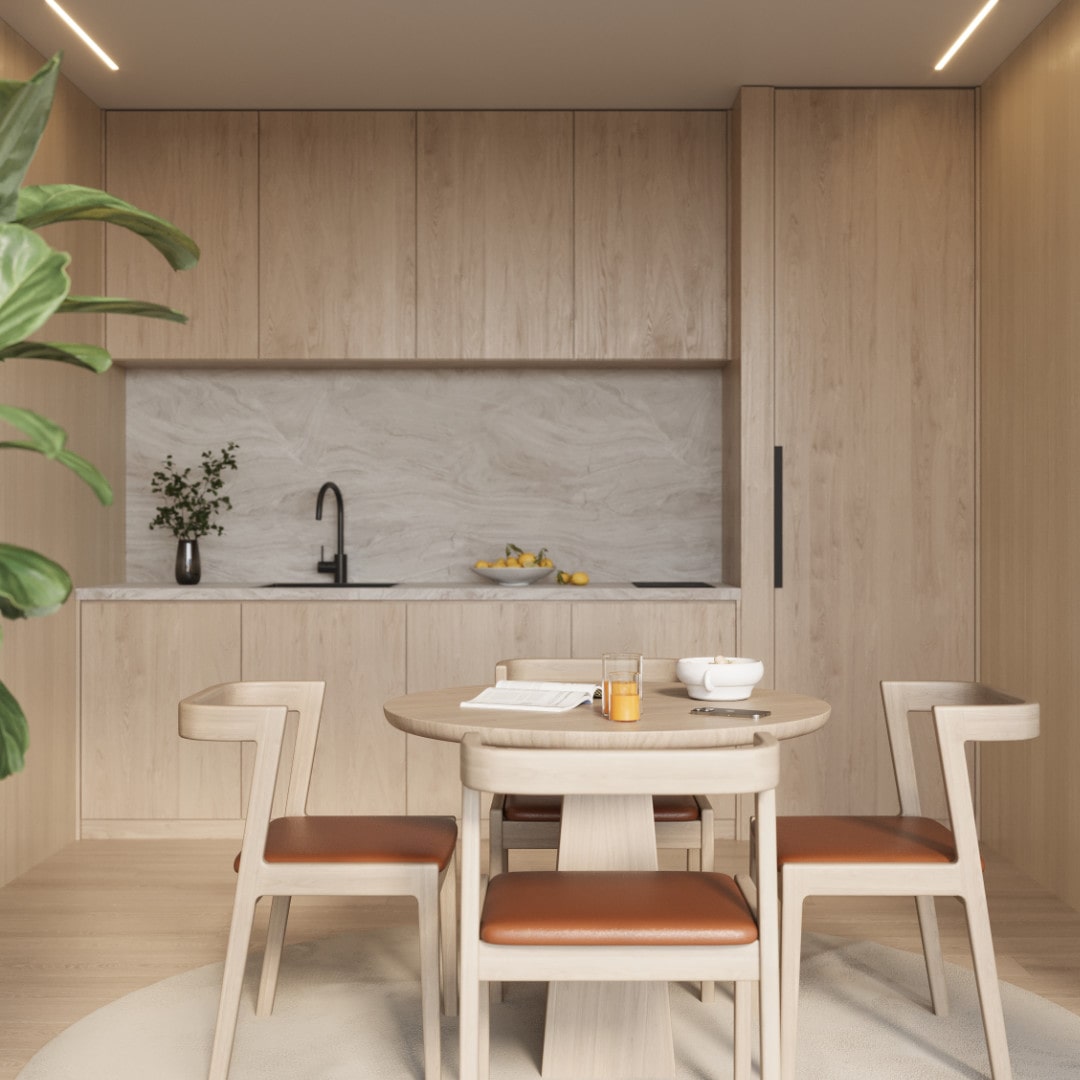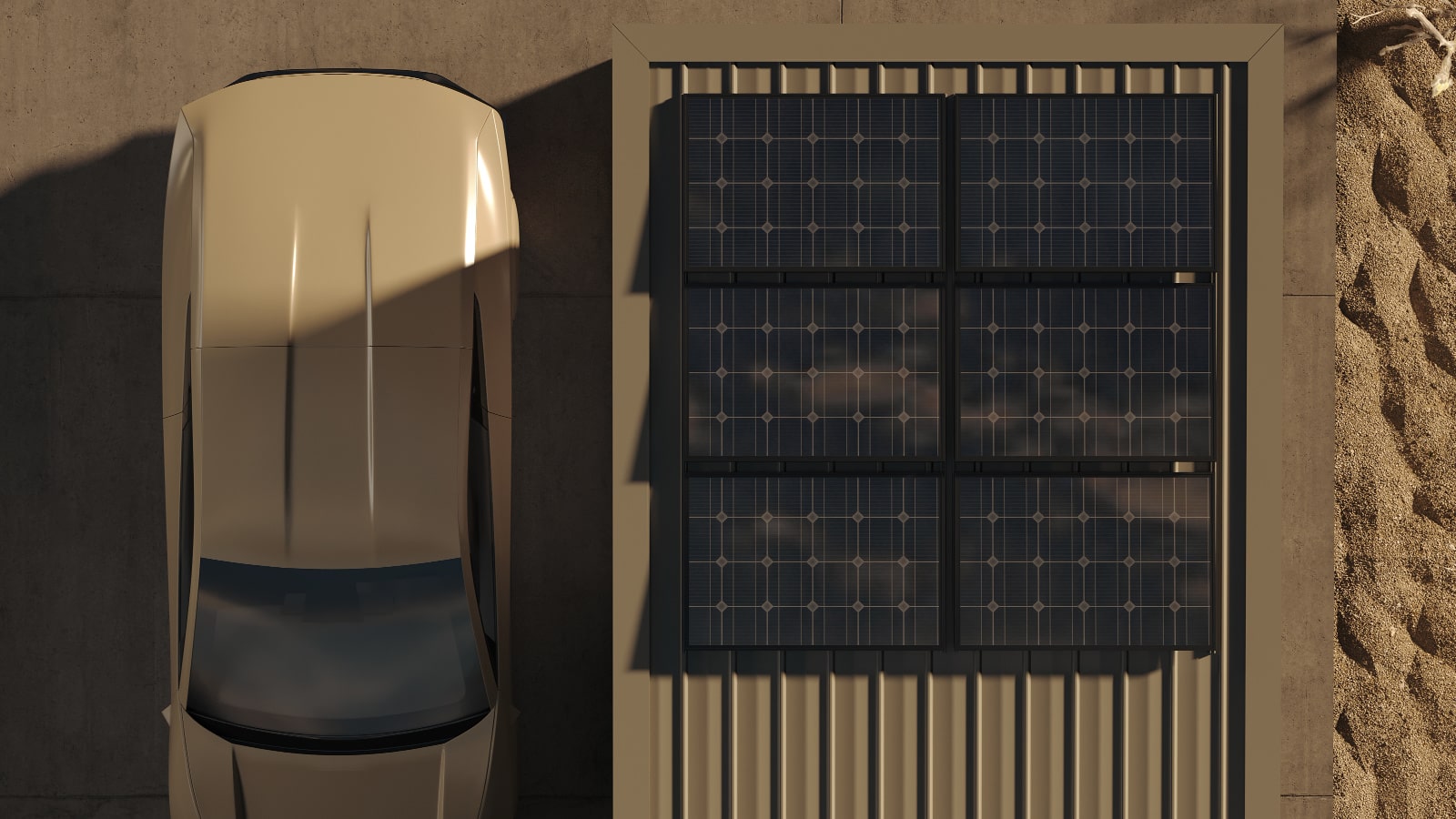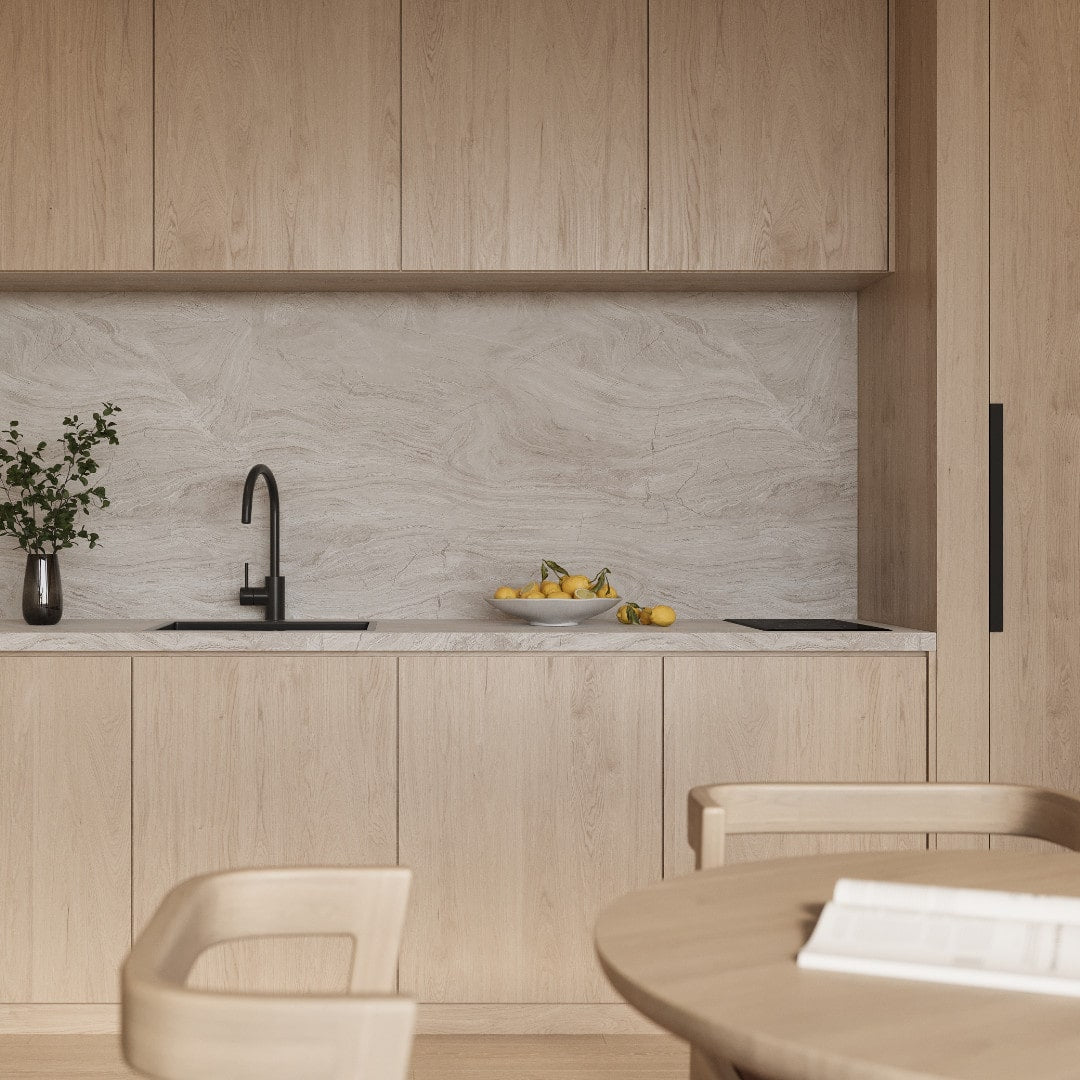A Worldwide Shift in How We Build
Around the world, construction is changing. Cities are setting ambitious carbon reduction targets, governments are investing in cleaner infrastructure, and the construction industry is under pressure to reduce waste, cut emissions, and build faster without sacrificing quality.
At the same time, electric vehicles are moving from niche to mainstream. This convergence — the push for sustainable construction and the demand for EV charging — creates an urgent opportunity. The infrastructure we build today must support a cleaner transport future while also meeting global sustainability standards.
The Challenges of Traditional Construction
Conventional building methods often fall short of these goals:
- High waste generated on site.
- Slow build times, delaying urgently needed infrastructure.
- Carbon-heavy supply chains tied to traditional materials and processes.
- Difficult scalability, making it costly to adapt to new demand.
For EV charging infrastructure, this is especially critical. Networks need to scale quickly, across multiple regions, without years of delay or cost overruns.
Modular Construction as the Solution
This is where modular construction becomes central to global goals. By shifting the majority of work to controlled factory settings, modular design achieves:
- Reduced waste through precision manufacturing and material efficiency.
- Faster deployment, allowing operators to meet EV demand now, not years from now.
- Lower emissions due to efficient logistics and optimized supply chains.
- Scalable systems that can expand or adapt as needs change.
A modular charging lounge is more than a building — it’s proof that construction can align with sustainability and speed simultaneously.
Alignment With Global Agendas
International frameworks like the UN Sustainable Development Goals (SDGs) and agreements set at COP climate summits are pushing industries to decarbonize quickly. Modular EV infrastructure directly supports these objectives:
- SDG 7 (Affordable and Clean Energy): By enabling widespread EV adoption.
- SDG 9 (Industry, Innovation, and Infrastructure): Through modern, scalable design.
- SDG 11 (Sustainable Cities and Communities): By creating accessible, safe, and future-ready charging environments.
- SDG 13 (Climate Action): By reducing emissions tied to both construction and transport.
By building to these standards, operators and cities can demonstrate measurable progress toward global commitments.
The Sirius Buildings Approach
At Sirius, we design and manufacture charging lounges with these global goals in mind. Every structure is engineered for compliance, efficiency, and scalability. The result is infrastructure that:
-
Creates spaces that drivers trust and return to, accelerating EV adoption.
- Reduces environmental impact through lean manufacturing.
- Can be delivered quickly, ensuring networks keep pace with policy deadlines.
Building Confidence for the Future
For investors, regulators, and operators, this alignment builds trust. A charging lounge that not only delivers convenience to customers but also advances global sustainability targets is an asset with long-term value. It demonstrates readiness for the future — both in business terms and environmental responsibility.
Final Thoughts
Global construction goals are clear: build faster, cleaner, and smarter. The EV transition demands the same. Modular charging lounges unite these two needs, offering a solution that is sustainable, scalable, and customer-focused.
By choosing modular design, we’re not just building infrastructure. We’re building the future of mobility — aligned with global goals, ready for what’s next.

